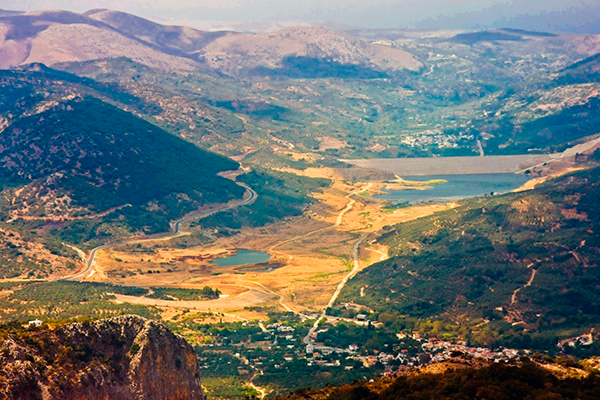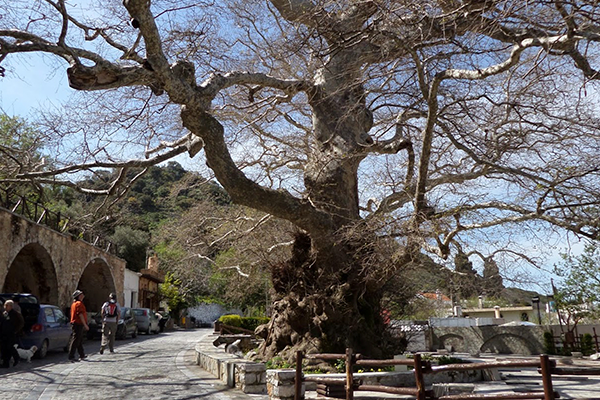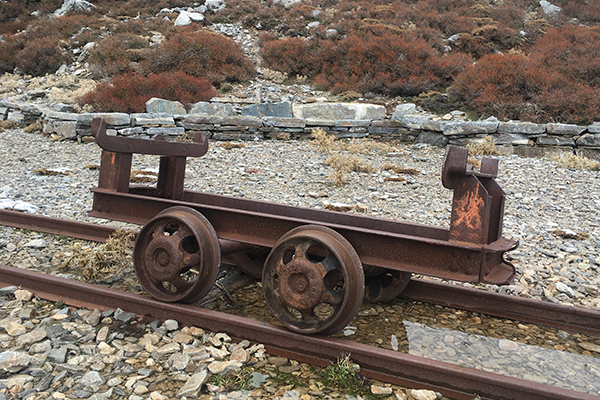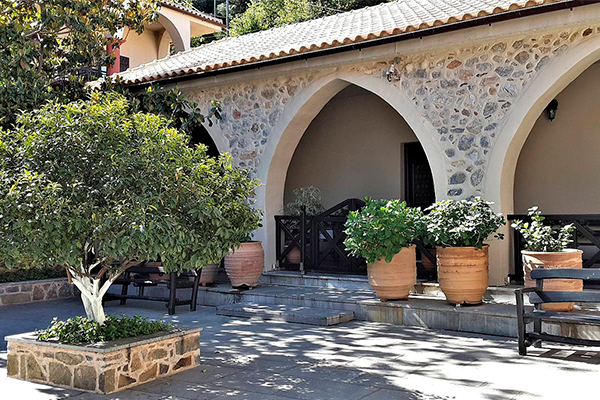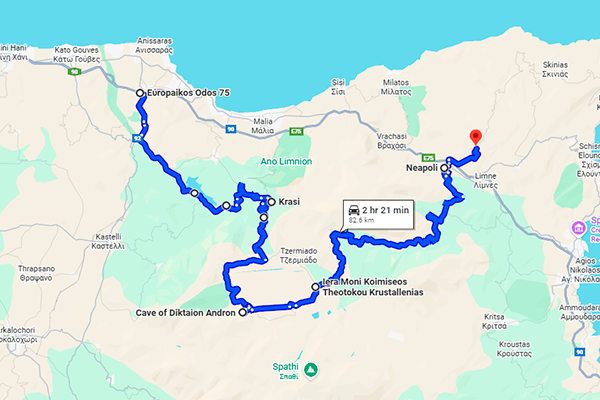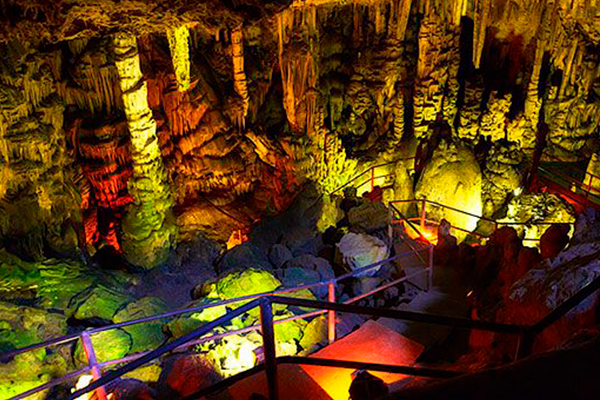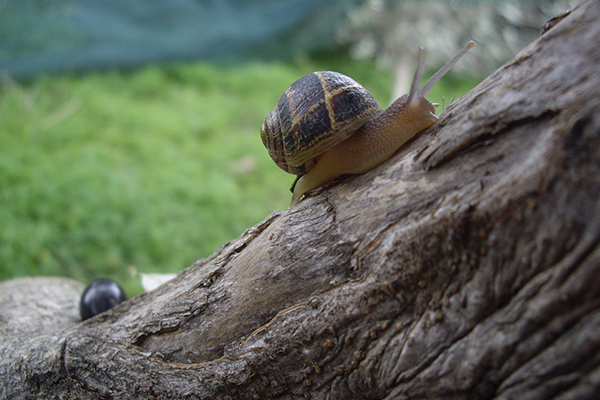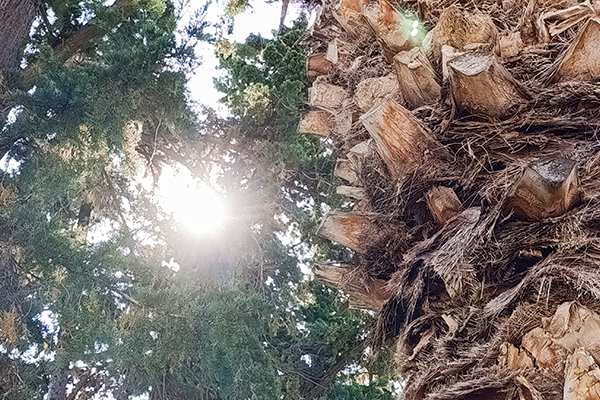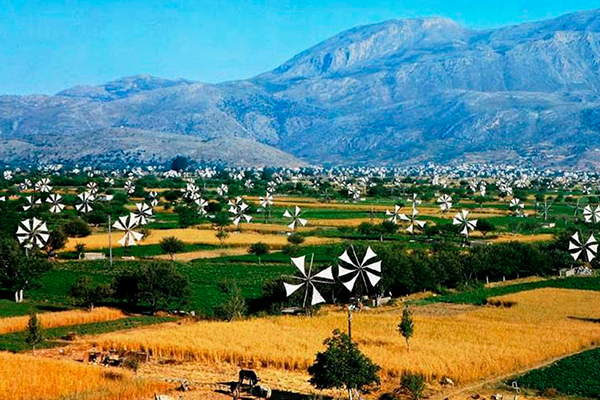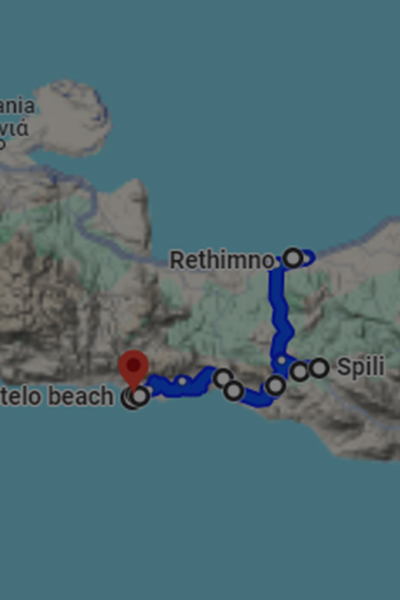PLATEAU OF LASSITHI
Aposelemis Dam and Reservoir – main freshwater source of Crete. At its bottom lies the sunken village of Sfendili, called “Atlantis of Crete.” Houses are submerged when the lake is full and reappear in dry seasons.
Avdou Village – historic settlement with Minoan roots and Byzantine churches:
-
St. Constantine (1445) with vivid frescoes
-
St. Anthony (13th c.)
-
St. George (14th–15th c.)
-
St. Anna – semi-cave church at 700 m near St. Photini’s Cave
-
St. Photini’s Cave (768 m) and Faneromeni Cave (770 m), sacred from Minoan to Roman times.
Krasi Village – known for a 2,400-year-old plane tree, a protected natural monument. Opposite stands the Megali Vrisi fountain. Narrow alleys and old stone houses keep an authentic Cretan atmosphere.
Panagia Kera Kardiotissa Monastery – at 650 m, with panoramic views. Linked to a miraculous icon of the Virgin Mary.
Lasithi Plateau – largest fertile plateau in Crete, with Mt. Spathi (2,148 m). Inhabited since 6000 BC, famous for white windmills and 18 villages. Genetic studies show locals are closely related to Minoans.
Dikteon Cave – legendary Cave of Zeus, 2,200 m² and 85 m deep, with a 250 m visitor trail.
Monastery of the Virgin Mary Krustallenia – rebuilt in the 20th c. Name derives from founder Krustallenia or a miraculous icon.
Amazonas Park – sanctuary for parrots and exotic birds, many rescued or donated. Part of proceeds supports Amazon conservation. Also home to toucans, peacocks, turtles, goats, lemurs, and monkeys. Visitors can feed animals under supervision.
